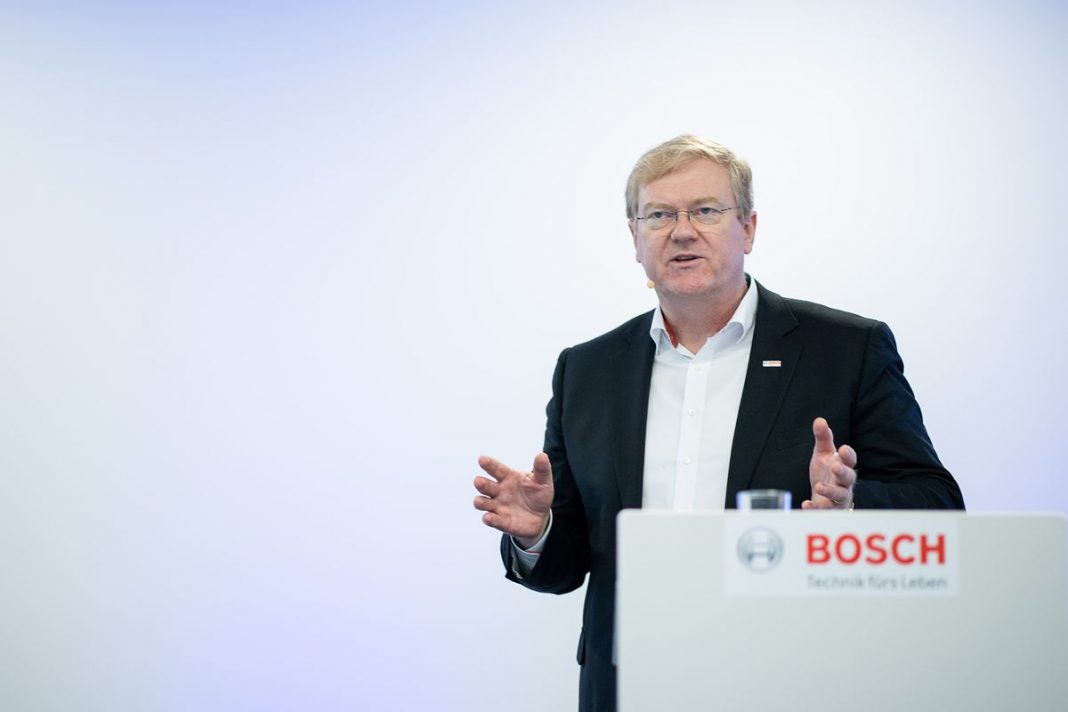Over the past two years, commodity costs have spiked between 200 and 300%, and parts suppliers are feeling the heat. Bosch announced during their annual news earnings conference on Wednesday that the pressure on parts suppliers necessitates price increases to offset the burden. Inevitably, those price increases will roll down to the manufacturer and the end consumer, especially those bringing vehicles in for customer-pay repairs and over-the-counter parts sales.
During that conference, Robert Bosch GmbH Chairman Dr. Stefan Hartung mentioned that the company forecasted to achieve an EBIT (earnings before interest and taxes) of at least 4% through the year, matching results from 2021. “We were able to exceed our forecasts despite many challenges, such as cost burdens due to supply bottlenecks and price increases for raw materials.”
But that’s not possible with increasing commodity costs on raw materials like steel, aluminum, and copper at record levels, and keeping the status quo will result in an EBIT for 2022 of around 2.8%.
Price increases would make it possible to generate EBIT above the 4% threshold without increasing prices. Hartung said, “We can’t be satisfied with 4%.”
Bosch’s Finance Chief Markus Forschner said,” The burden on our result is growing considerably due to steep increases in the cost of energy, raw materials, and logistics.” It’s not just automakers that have to pass on price increases, but especially suppliers such as us as well.”
Increases at the retail level
Car manufacturers have been recording exceptional earnings despite the pandemic – General Motors reported a 2021 net income of $10 billion and a 7.9% net income margin –but there’s only so much room to absorb cost increases that roll down from parts suppliers like Bosch. Margins on new vehicles may have small buffers, but retail parts are a different story.
For dealerships and independent parts retailers, and service shops, parts pricing is expected to increase commensurate to the cost increases seen by Bosch and other Tier 1 suppliers. Parts pricing matrixes tend to be based on the cost to the OEM, and components from wiper blades and alternators to spark plugs will see a bump in prices that won’t go unnoticed by consumers.
On parts shortages, previous material price hikes, and supply chain issues, consumers around the world are already paying nearly 50% more than they would’ve paid in 2013. Some parts have gone up by 67% or more over that time. This expected price hike from the highest-volume auto parts manufacturer will add to the pains customers are experiencing in the service and parts departments.
Acknowledge the increase
With parts pricing increases coming down the pipe, dealerships and other retailers will be passing along the hikes to consumers, shoppers who might get the impression they’re being gouged. When the update reflects a significant change in pricing, let the customers know why.
Proactively post an apologetic-sounding note at the desk, explaining that rising commodities costs have resulted in suppliers raising prices, forcing the price jump. It isn’t due to any fault but is about keeping the lights on from the factory to the service drive. Turning the customer’s frustration away from the dealership can help prevent their wrath in person and on surveys.
Did you enjoy this article from Jason Unrau? Read other articles on CBT News here. Please share your thoughts, comments, or questions regarding this topic by submitting a letter to the editor here, or connect with us at newsroom@cbtnews.com.
Be sure to follow us on Facebook and Twitter to stay up to date or catch up on all of our podcasts on demand.
While you’re here, don’t forget to subscribe to our email newsletter for all the latest auto industry news from CBT News.










